Rolex protégé Pauchi Sasaki on music ownership and shadowing mentor Philip Glass

Bringing together leading artists, writers, architects, musicians, filmmakers and other creative luminaries with the brightest young stars in their field, the Rolex Mentor and Protégé programme is an ambitious cultural exchange. Following on from our story in the November 2017 issue, three of the latest protégés reveal what mentoring has meant to them.
Born in Peru, Pauchi Sasaki is a violinist, composer and performance artist whose work spans different styles and disciplines. She is a graduate of the Electronic Music and Recording Media programme at Mills College in California, and composes music for video, film, theatre, dance, and site-specific projects and installations. Her Rolex mentor is Philip Glass, a master of minimalist music and arguably the most popular classical composer alive today.
W*: How have you and Philip Glass interacted over the year?
Pauchi Sasaki: At the beginning, I followed him on tour around Japan, Europe, California and New York, which was fascinating, as his tours demand a lot of teamwork, and it was really useful to learn about the logistics behind the scenes. Later we were able to get together in New York, where we had the space and time for wide-ranging talks, especially about music and film. Philip is a great storyteller and he’s worked with so many amazing people, like Woody Allen and Martin Scorsese.
W*: Has his mentorship had a practical side?
PS: Right from the start, Philip told me that I should be the owner of my music, and that I needed to set up my own publishing company, which I have done now. He’s also helping with me a letter for the artists’ visa programme for the US.
W*: How do you feel your work has developed as a result of your discussions?
PS: Philip is a very pragmatic person. He has so many things to take care of, but he really knows how to manage them without getting overwhelmed. That ability and that kind of wisdom is very inspiring for a young artist like me. In terms of music, mine sometimes is quite abstract, but his has a quality like light – not without weight, but beautiful. Little by little, perhaps, elements of my music will emerge which will sound a bit happier, and that may be his influence.
W*: Do you have any performances coming up?
PS: I recently performed with the American Composers Orchestra at Carnegie Hall, on the same night that Philip presented his take on Vivaldi’s Four Seasons. On 11 March I’ll be at National Sawdust in New York as part of Du Yun’s Pan Asian Sounding Festival, and on 1 June I’m performing at the Metropolitan Museum of Art as part of a suite of micro commissions by Aizuri Quartet.
As originally featured in the January 2018 issue of Wallpaper* (W*226)
INFORMATION
For more information, visit Pauchi Sasaki’s website and the Rolex Mentor & Protégé Initiative website
Receive our daily digest of inspiration, escapism and design stories from around the world direct to your inbox.
-
 Winston Branch searches for colour and light in large-scale artworks in London
Winston Branch searches for colour and light in large-scale artworks in LondonWinston Branch returns to his roots in 'Out of the Calabash' at Goodman Gallery, London ,
-
 The most anticipated hotel openings of 2026
The most anticipated hotel openings of 2026From landmark restorations to remote retreats, these are the hotel debuts shaping the year ahead
-
 Is the future of beauty skincare you can wear? Sylva’s Tallulah Harlech thinks so
Is the future of beauty skincare you can wear? Sylva’s Tallulah Harlech thinks soThe stylist’s label, Sylva, comprises a tightly edited collection of pieces designed to complement the skin’s microbiome, made possible by rigorous technical innovation – something she thinks will be the future of both fashion and beauty
-
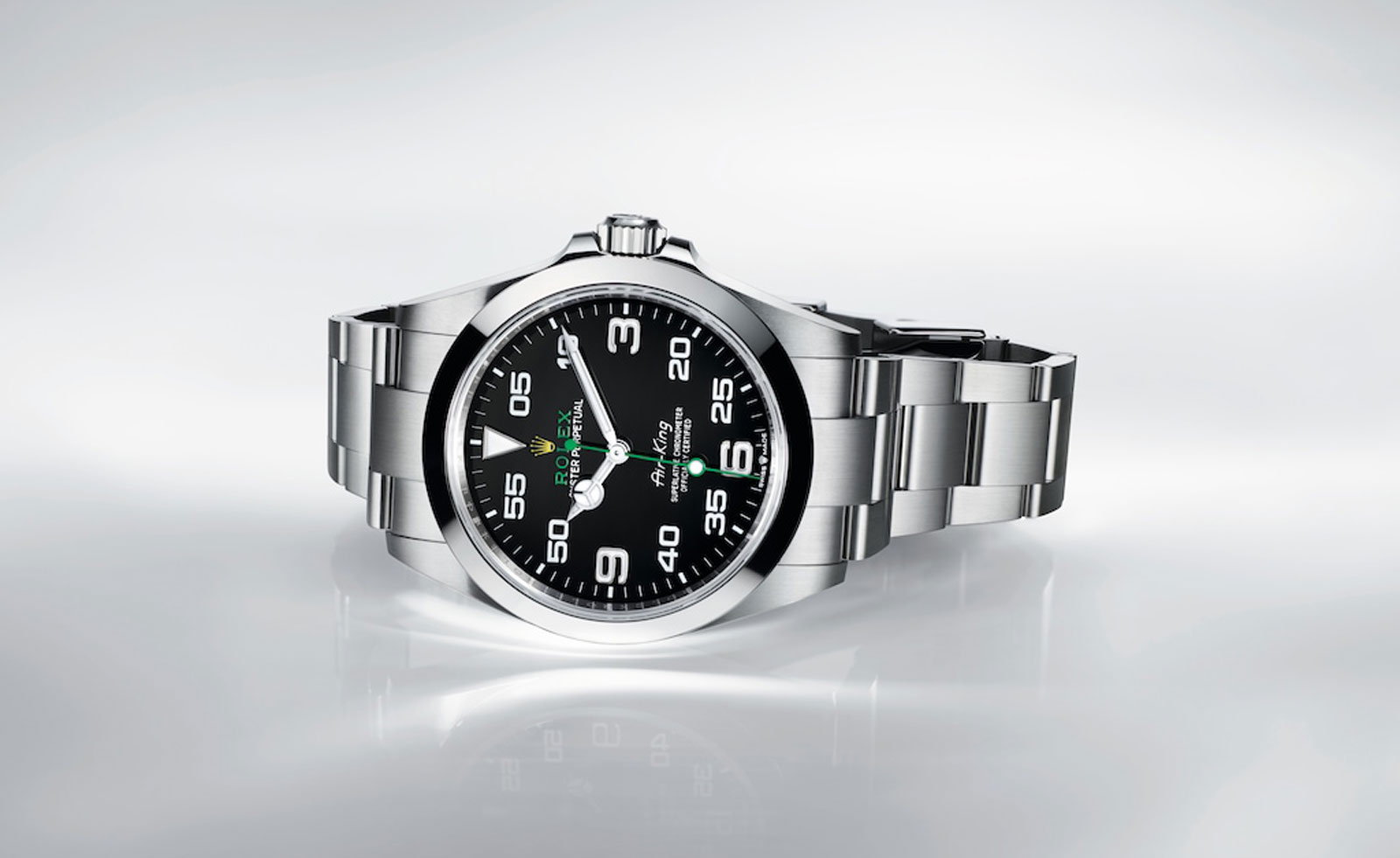 Rolex draws on its aviation history with the new Oyster Perpetual Air-King
Rolex draws on its aviation history with the new Oyster Perpetual Air-KingIncreased legibility and rethought proportions characterise the Rolex Oyster Perpetual Air-King
-
 Rolex’s latest watch is designed for life’s explorers
Rolex’s latest watch is designed for life’s explorersThe new Rolex Oyster Perpetual Explorer watch nods to an adventurous history
-
 Rolex protégé Simon Kretz on his thought experiment with mentor David Chipperfield
Rolex protégé Simon Kretz on his thought experiment with mentor David Chipperfield -
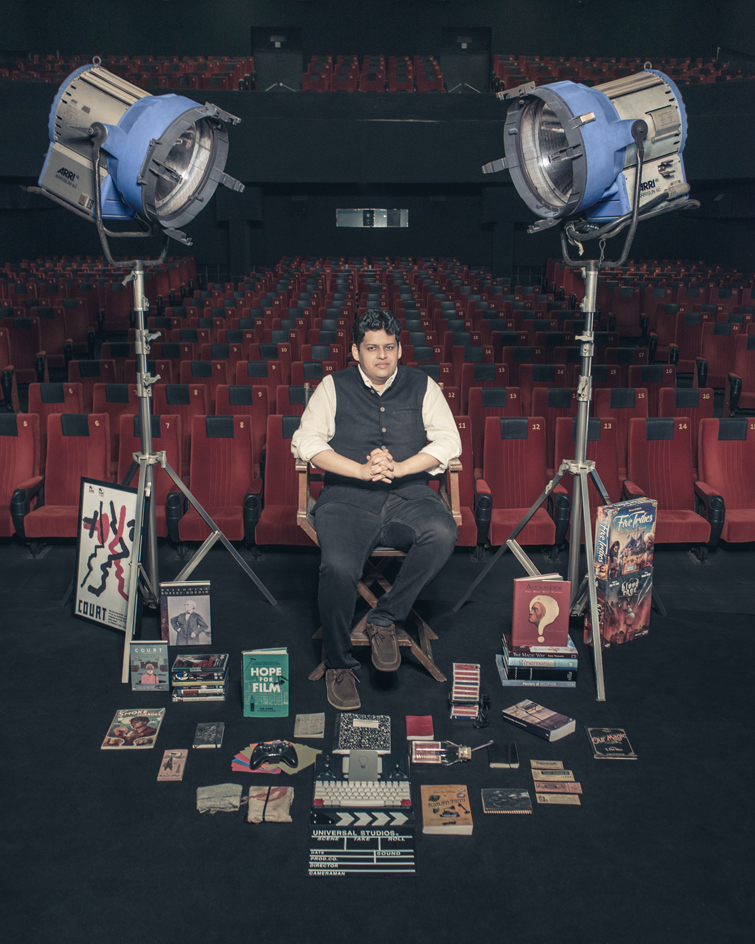 Rolex protégé Chaitanya Tamhane on thinking visually with mentor Alfonso Cuarón
Rolex protégé Chaitanya Tamhane on thinking visually with mentor Alfonso Cuarón -
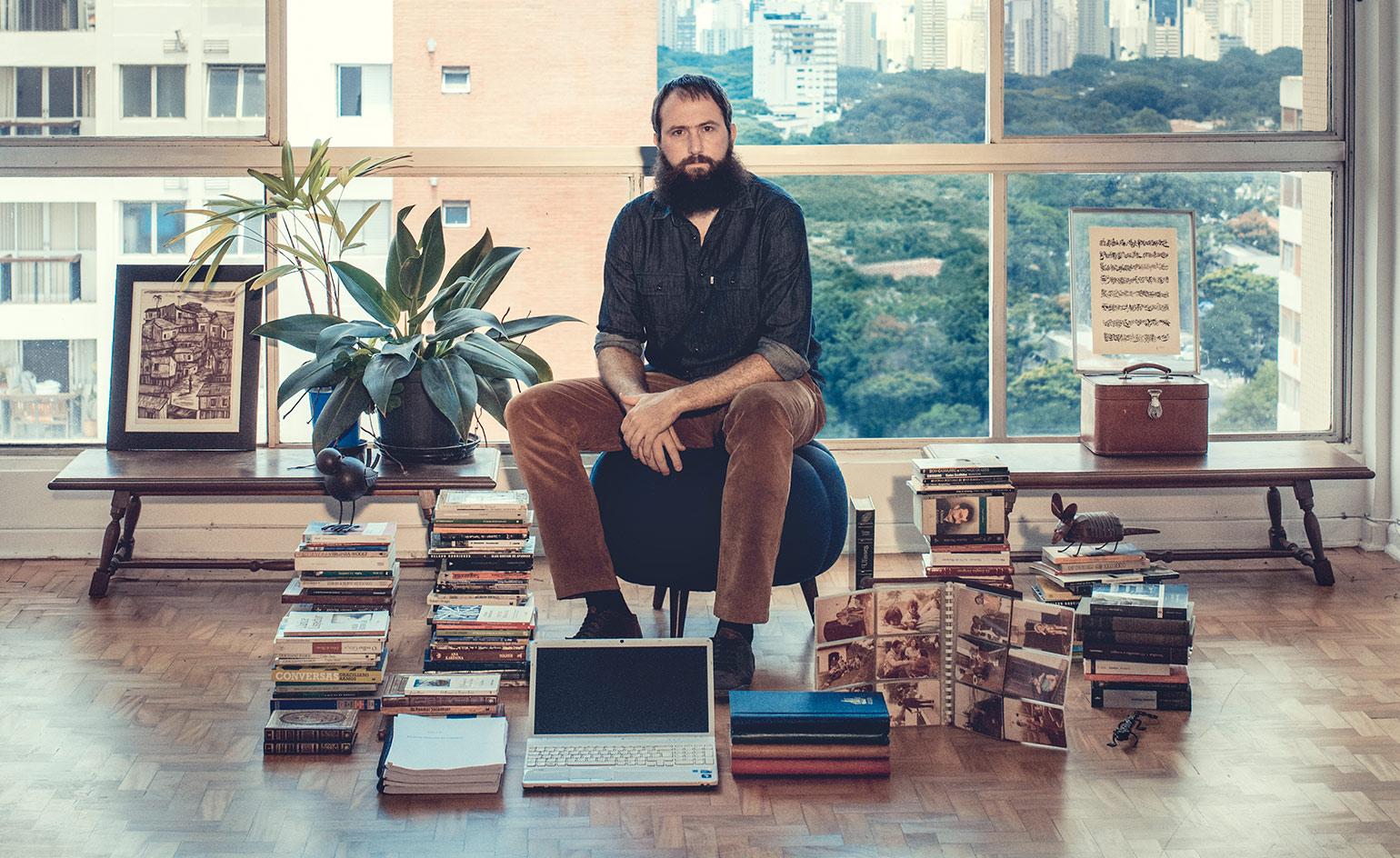 Rolex protégé Julián Fuks on the creative process and the exchange of ideas
Rolex protégé Julián Fuks on the creative process and the exchange of ideas -
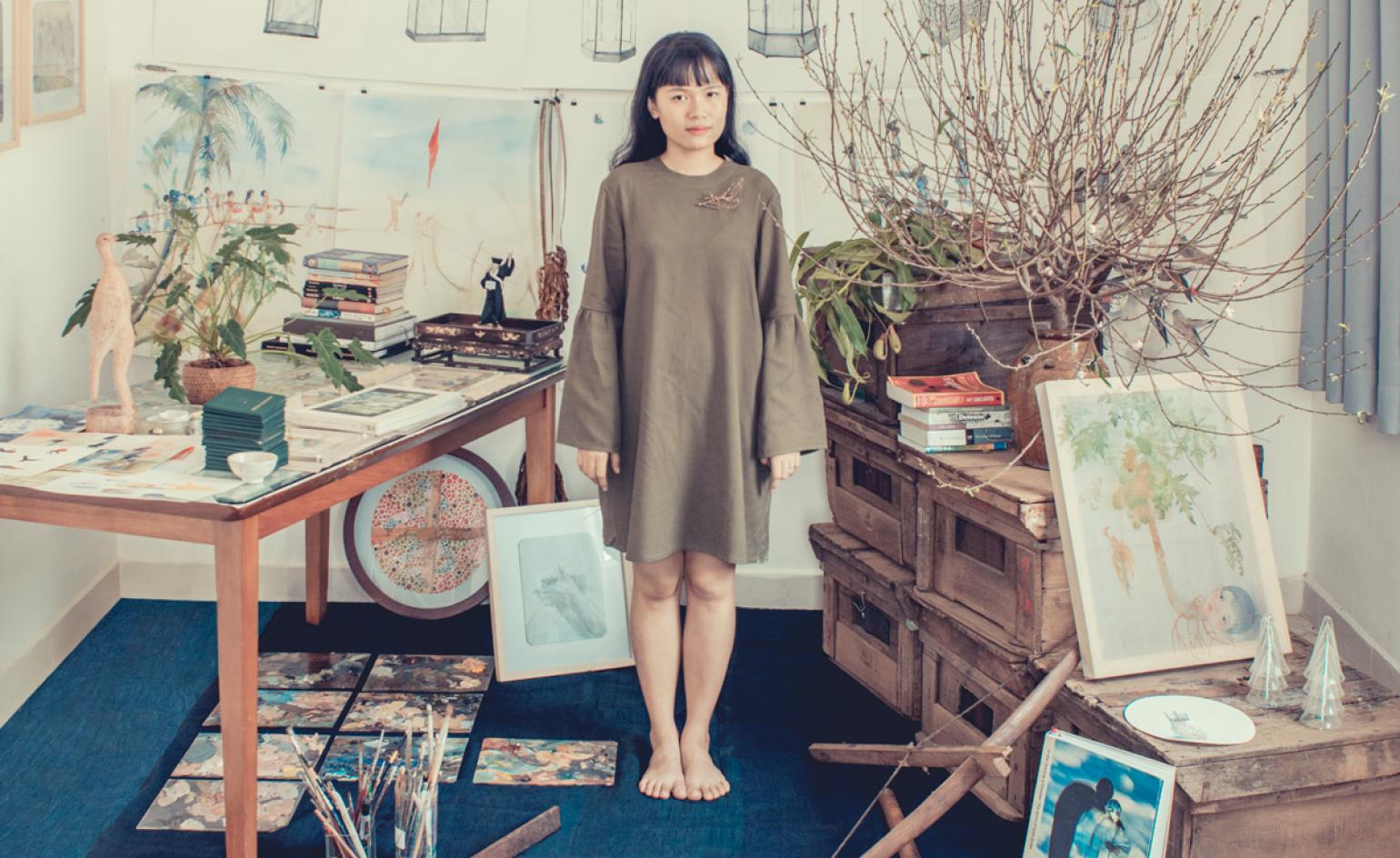 Rolex protégé Thao-Nguyen Phan on exploring new mediums and her Pittsburgh project
Rolex protégé Thao-Nguyen Phan on exploring new mediums and her Pittsburgh project -
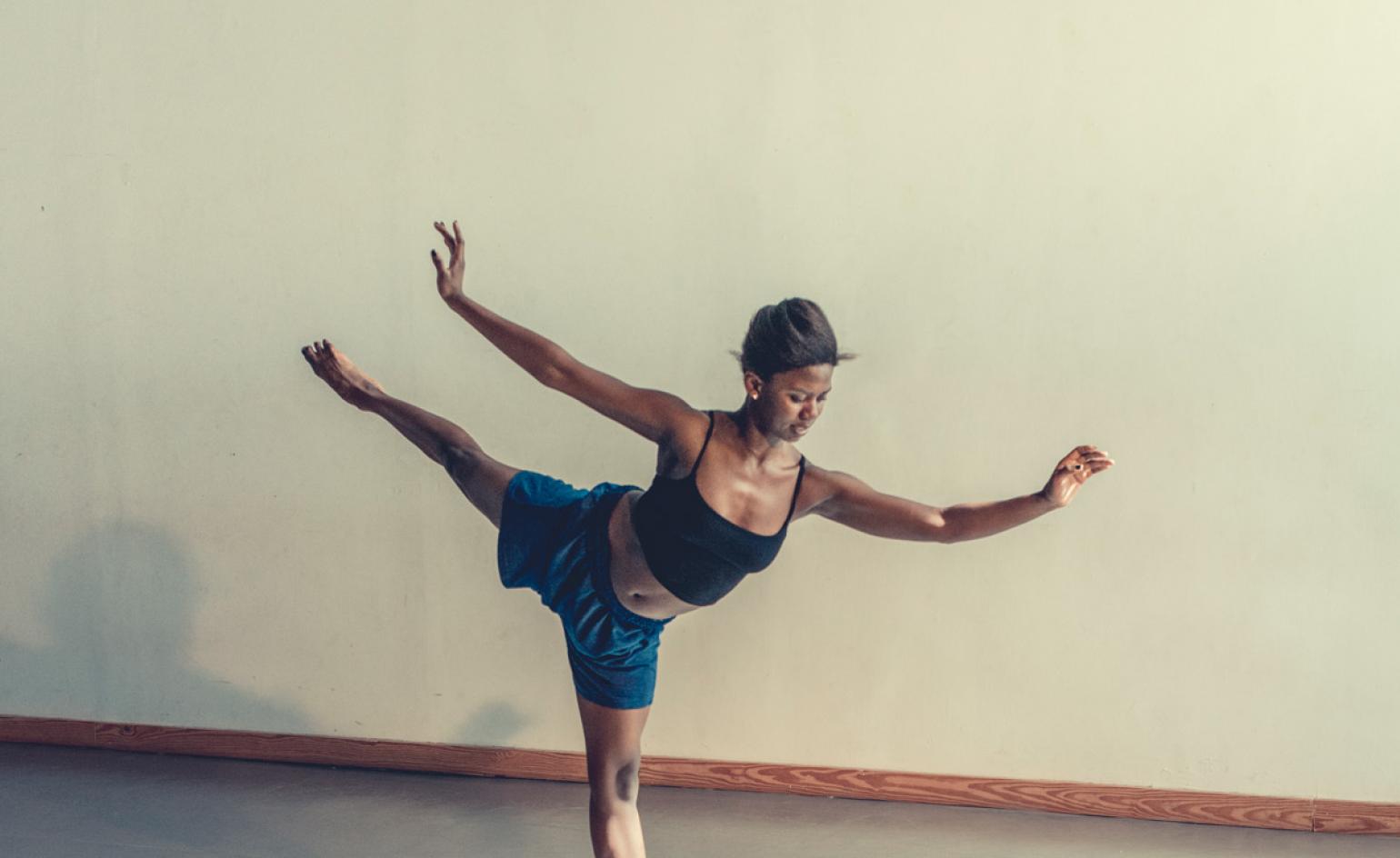 Rolex protégé Londiwe Khoza on self-discovery and developing as a dancer
Rolex protégé Londiwe Khoza on self-discovery and developing as a dancer -
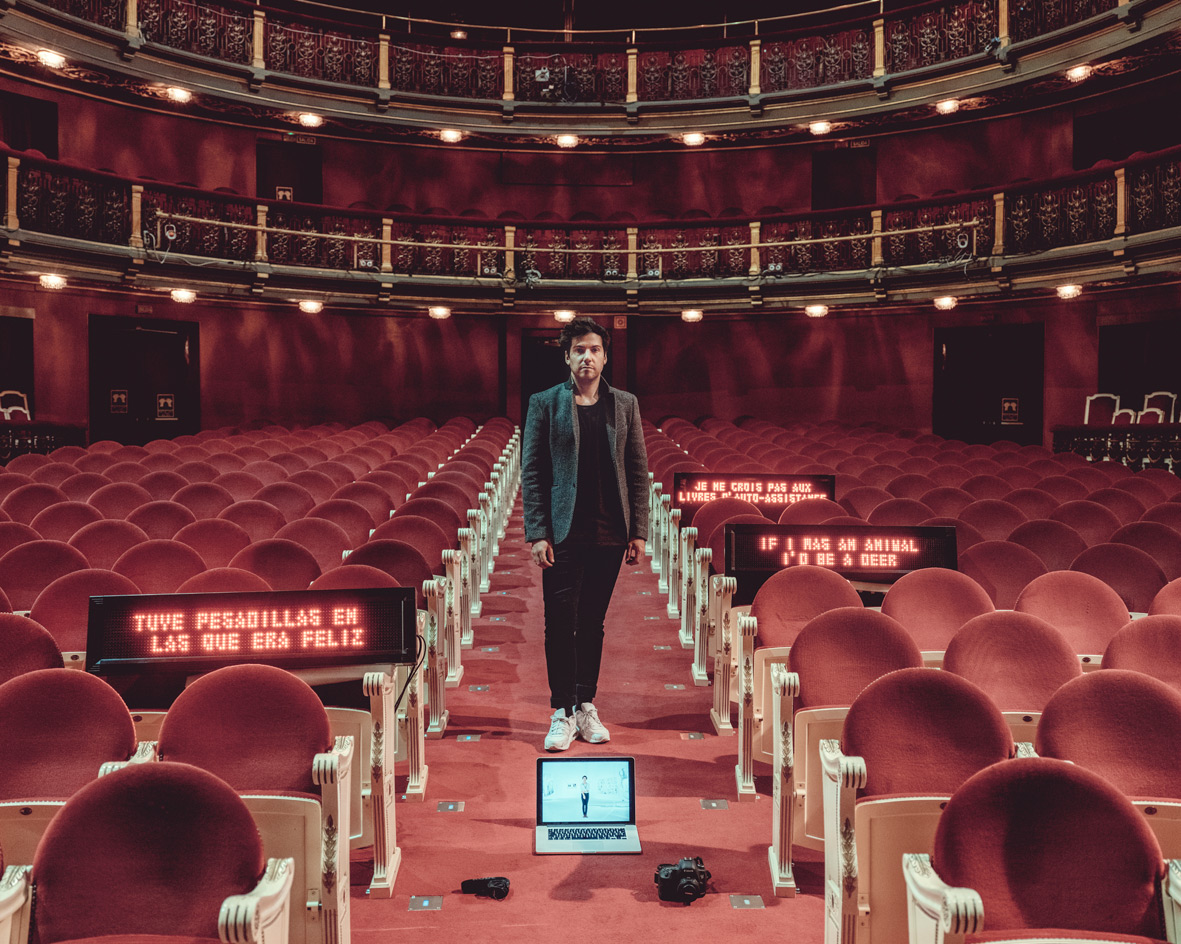 Rolex protégé Matías Umpierrez on facing the uncertain and the complex space of creation
Rolex protégé Matías Umpierrez on facing the uncertain and the complex space of creation